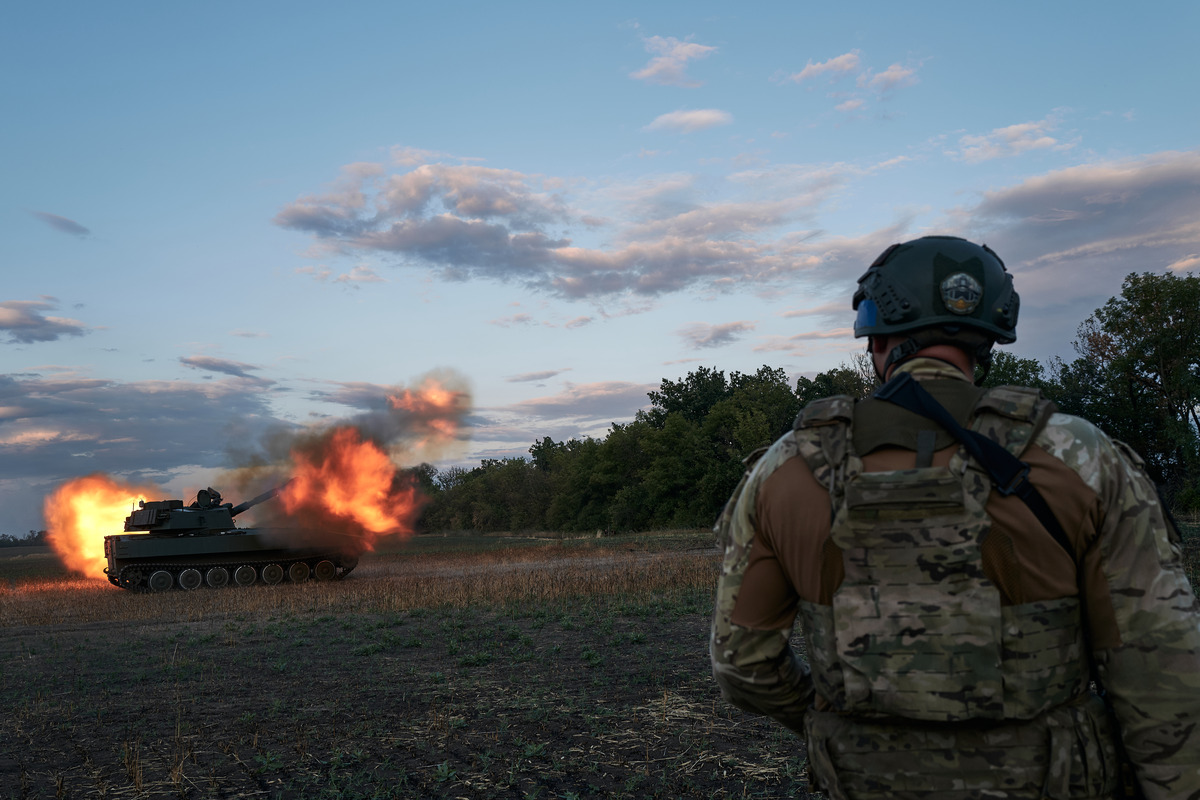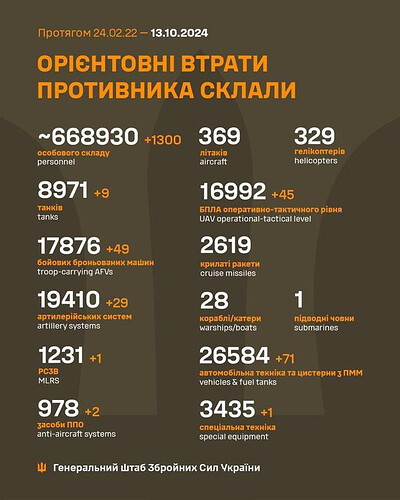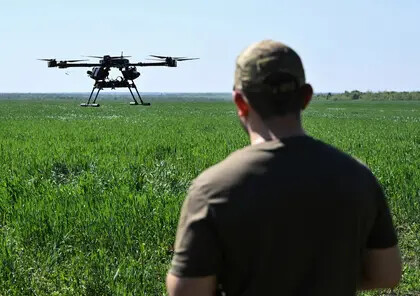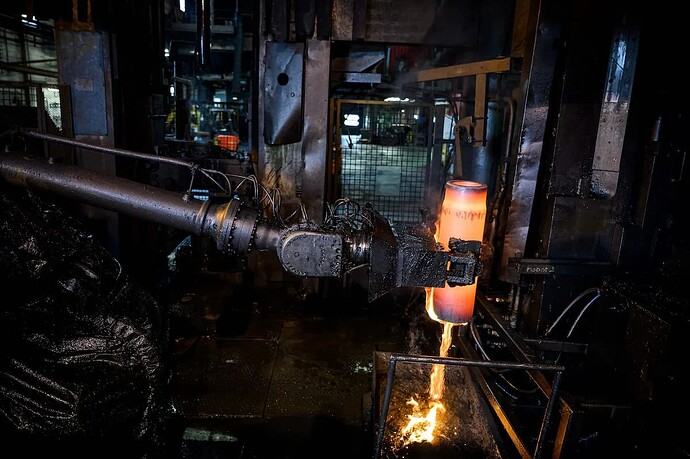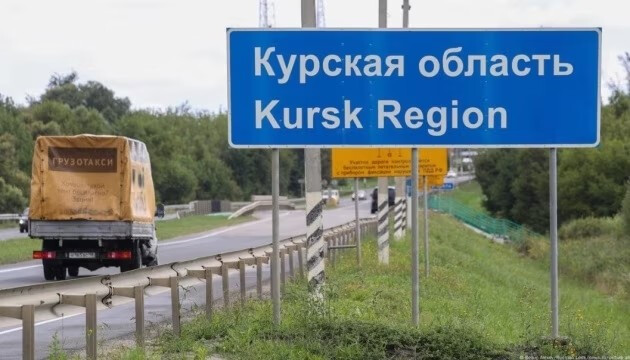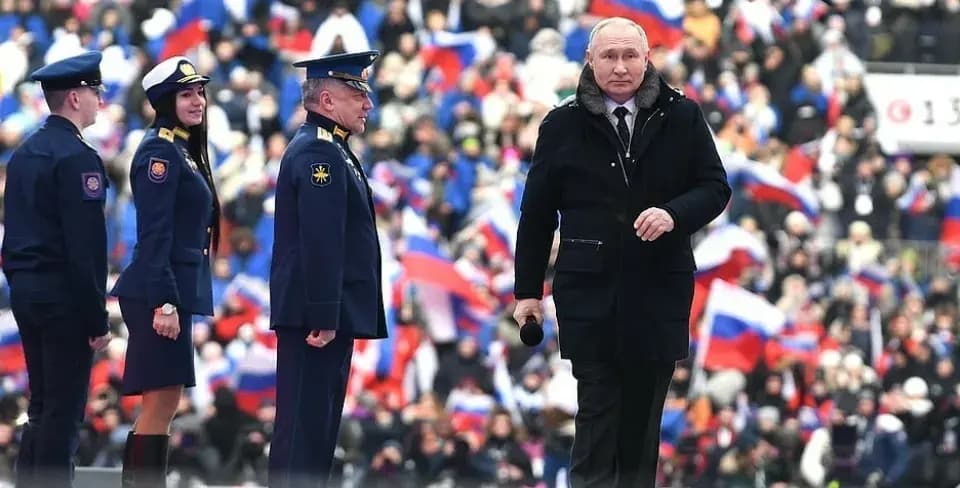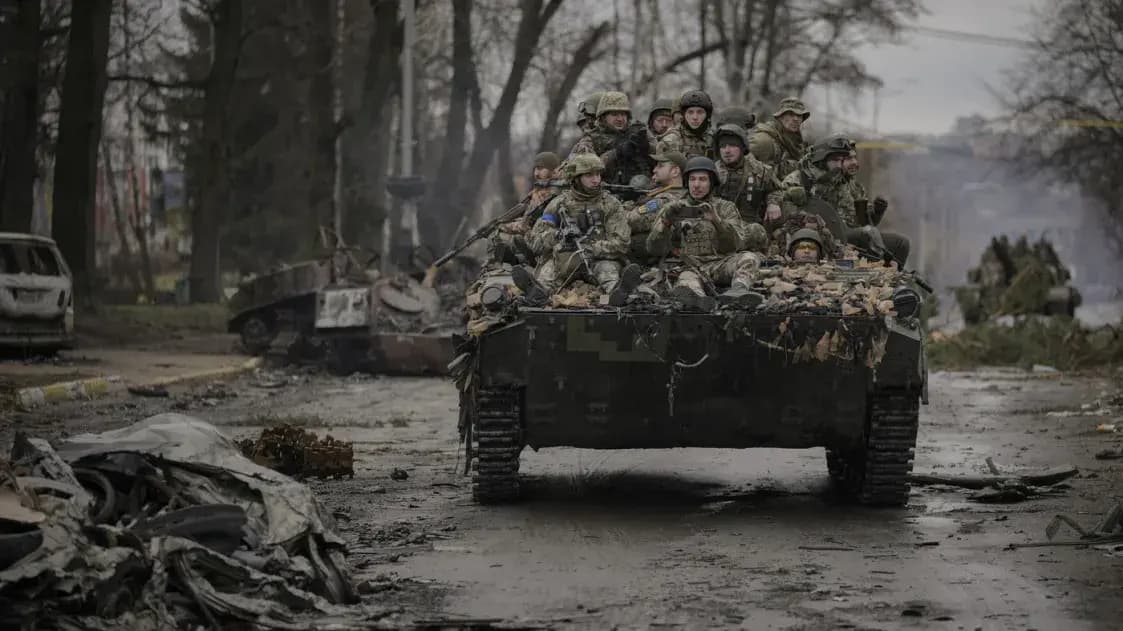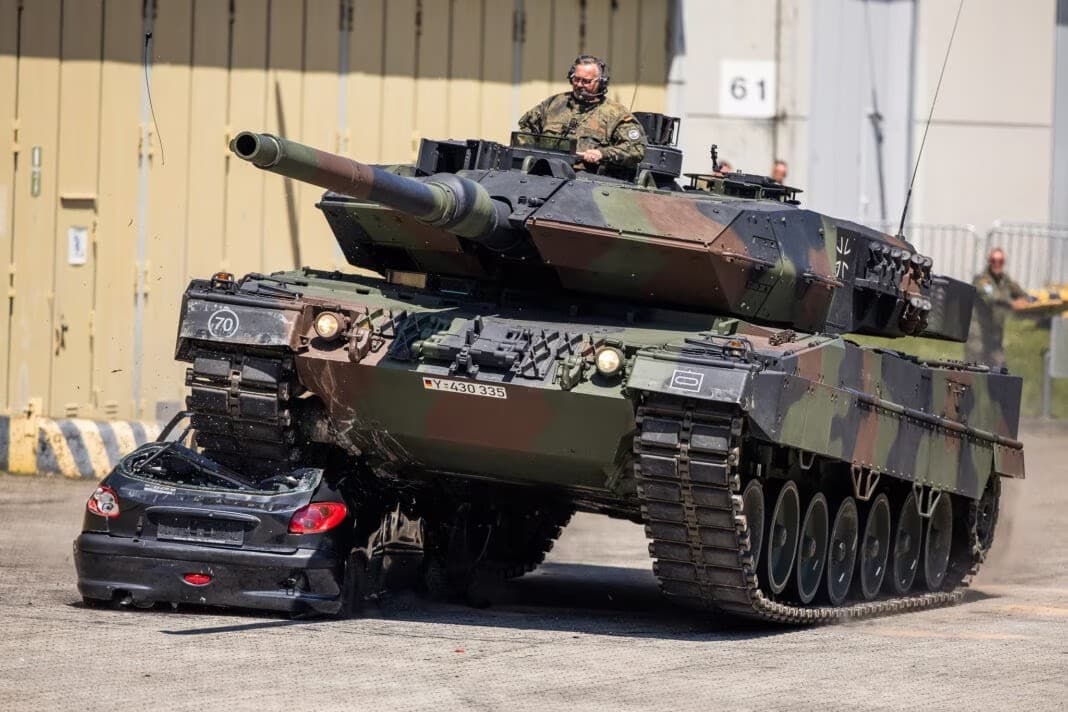The race to out-produce the Russian economy, particularly arms manufacturing.
Ukraine boosting its defense industries, with a little help from friends
With Europe unable to supply all the weapons and ammunition Ukraine needs, the E.U. is investing in the country’s rapidly expanding arms industry.
A 155mm shell is produced in an artillery factory in Tarbes, France, to be used by Ukrainian armed forces. (Lionel Bonaventure/AFP/Getty Images)
October 13, 2024 at 1:00 a.m. EDT
KYIV — A recent decision by the European Union to contribute some $440 million to Ukraine’s resurgent arms industry marks a significant shift in the bloc’s approach to Russia’s war against its neighbor, but also highlights the E.U. defense sector’s shortcomings in producing weapons and ammunition.
The E.U. contribution will use money taken from the windfall profits of Russian assets that have been frozen in the West. The funding comes on top of some $190 million that the Danish government is providing.
While Europe, and of course the United States, have been sending billions of dollars’ worth of weapons to help Ukraine in its battle against much larger Russia, their national defense industries — long oriented toward an international scene with fewer conflicts — have struggled to keep up with Ukrainian demand.
“I think there’s a realization that Europe is not capable of producing the weapons that Ukraine needs and the easiest way is for the Ukrainians to do it themselves,” said a European diplomat speaking on the condition of anonymity because of the sensitivity of the issue. “If the Ukrainians have the materials and money, they can do it much quicker themselves.”
Investing in the Ukrainian arms sector “provides more flexibility” and “gets more capacity to Ukraine in short order,” said Ian Lesser, head of the Brussels office of the German Marshall Fund. It also “perhaps relieves some of the pressure on defense production in Western countries.”
But “it’s important to note that none of this is going to replace the large-scale provision of Western manufactured arms to Ukraine,” Lesser said. “That’s simply the reality of the security situation Ukraine finds itself in.”
"The broader point is the progressive integration of Ukraine into Western defense industrial supply chains,” he added.
European leaders have stepped up defense cooperation with Ukraine and sought to sustain funding for aid in the face of a grinding war, as they brace for the possibility of a second Trump presidency, waning U.S. support and public fatigue in some of their own countries.
Ukraine’s defense industry was not in the position to absorb large amounts of financing at the beginning of the war. But the country tripled its arms production in 2023, and then doubled that figure in the first eight months this year, Prime Minister Denys Shmyhal said last week at the International Defense Industries Forum dedicated to Ukraine’s defense industry.
This year, some $4 billion was allocated to the country’s arms industry, Defense Minister Rustem Umerov said. Still, Ukraine’s defense sector has the capacity to produce significantly more — to the tune of some $10-12 billion, Economy Minister Yulia Svyrydenko said.
The funding from Ukraine’s partners is “a watershed — not in terms of the amount of money, but the idea of investing government money in the Ukrainian defense industry,” said a European official, who also spoke on the condition of anonymity because of the sensitivity of the issue. The money would go to producing “missiles, drones” and other “deep-strike weapons,” he said.
Ukraine has been pushing hard for more long-range strike capability in its war against Russia and the United States has refused to allow the weapons it has provided be used in this manner for fear of antagonizing Russia. President Volodymyr Zelensky has said that the country is now developing its own ballistic missiles.
The money flowing to Ukraine’s defense industry could increase sharply soon, the official added. “There are a number of nations that are, as far as I know, close to announcing the future use of the same mechanism, either the investing themselves or asking Denmark to invest their money.”
Even with the injection of outside money, though, Ukraine’s weapons sector is still far from being able to rival Russia’s output, one of the world’s leading arms producers.
“Ukraine still requires considerable Western assistance for the next several years to defend against Russian aggression and liberate strategically vital areas that Russian forces currently occupy,” the D.C.-based Institute for the Study of War wrote in a report on Wednesday.
Some defense sectors are already experiencing massive growth. Ukraine is on track to manufacture some 1.5 million drones this year and had the capacity to make 2.5 million more, Zelensky said — an industry that was practically nonexistent before the war. The Netherlands also announced Sunday it was investing $440 million in advanced drone development for Ukraine.
By comparison, Russian President Vladimir Putin said last month that Russia would produce 1.4 million drones this year, up from 140,000 in 2023. The drones have become a key component in Ukraine and Russia’s arsenals, with the two sides employing them extensively along the front line and sending waves of them against each other’s military facilities and infrastructure.
Overall, however, Ukraine needs weapons and shells — fast. While Ukrainian forces have moved into Russia’s Kursk region, elsewhere they continue to cede territory. Last week, Ukrainian troops were forced to withdraw from the eastern city of Vuhledar, the result of a lack of personnel and equipment, as well as improved Russian tactics, soldiers said.
Denmark will manage the $630 million in Danish and E.U. funding through a “Danish model” — an arrangement, agreed upon in June, whereby Western money goes to pay for contracts that Ukraine’s Defense Ministry has already signed with arms producers, allowing Ukrainians to prioritize what is needed.
A Danish pilot project has also already produced 18 Ukrainian-made Bohdana 155mm howitzers — an important addition to Ukraine’s front-line battle, where it is severely outgunned by Russian forces.
There would be “no red lines from our side” restricting where the weapons could be used, said Dennis Virkelyst, who runs the Ukrainian team at the Danish Defense Ministry, speaking at the defense industry conference.
“Denmark and the European Union will be able to show the rest of the world how efficiently we spend Russian windfall profits, on weapons going right back deep into Russia,” he said.
The E.U. assistance is part of a larger $1.5 billion package taken from the proceeds of the Russian frozen assets, which was approved in May and is administered through the European Peace Facility that provides money for E.U. members to purchase weapons for Ukraine.
The E.U.’s executive arm in recent weeks announced a plan to loan Ukraine up to $38 billion, again backed by the windfall profits of the frozen Russian assets. The E.U. plan came about as a joint initiative with Washington and Group of Seven nations stalled. The workaround could see the bloc forge ahead initially without U.S. participation and help bypass the threat of a veto from Moscow-friendly Hungary, which has blocked assurances requested by U.S. officials.
In August, Kremlin spokesman Dmitry Peskov said the use of frozen Russian assets and their profits was “theft.”
“These are illegal actions. They will definitely have legal consequences,” Peskov said during a briefing.
Ultimately, Ukrainian officials hope the country will become a major arms exporter once its own needs are satisfied.
Ukrainian defense firms signed a number of agreements with Western companies on the sidelines of the conference, allowing for the joint production of drones and ammunition and setting up repair shops for Western equipment.
Working with Ukrainian firms provides distinct advantages for foreign defense companies — such as the ability to modify and test one’s product in an active conflict.
Ukraine has already signed initial contracts with such major defense players as Germany’s Rheinmetall and the French-German arms group KNDS, which opened a Kyiv office last week. KNDS is one of a number of Western firms contracted to produce with Ukrainian industry NATO-standard 155mm shells, which are desperately needed on the front line and Ukraine now manufacturers itself, but in small quantities.
Umerov made a direct plea to international arms industry executives gathered at the conference to invest in the country. “We would be more than happy to make joint ventures with you, to co-invest with you, because we want to become … partners and allies of the free world.”
https://www.washingtonpost.com/world/2024/10/13/ukraine-defense-industry-denmark/
